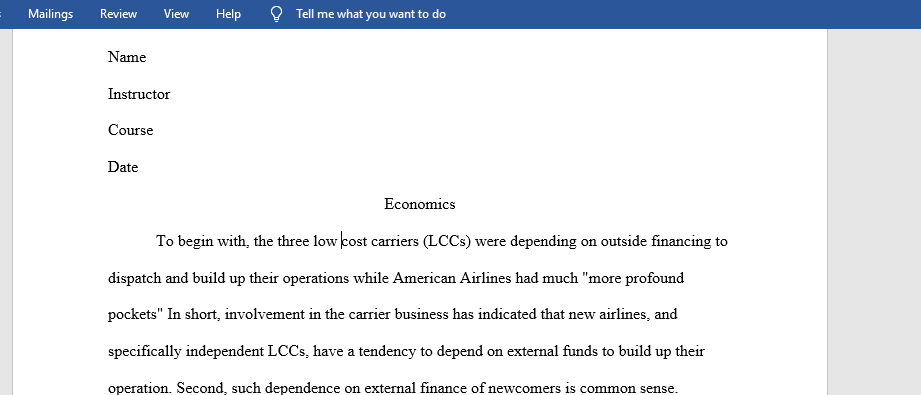Think systematically about how the equilibrium interest rate is determined in the credit market
In part A of this problem set, we will think systematically about how the equilibrium interest rate is determined in the credit market. In particular, we will explore how the interest rate, the size of the economic surplus and the distribution of the surplus are affected by asymmetric information in the context of limited liability loans.
In the village of Quahog, people can choose to either farm or work in the factory. If a person works in the factory, she makes $100 with certainty. People in Quahog are either born a SAFE farmer or a RISKY farmer. Half of the people are SAFE farmers and half are RISKY farmers. If either type of person chooses to farm, she will need $300 investment in order to farm. Thus, the opportunity cost of farming is the $100 one could have had earned if she instead worked in the factory. The only difference between SAFE and RISKY farmers is as follows:
• SAFE farmers have a good harvest all the time, they earn revenues of $700 with 100% probability.
• RISKY farmers have a good harvest with 60% probability, in which they earn revenues of $1100 with
60% probability; and they have a bad harvest with 40% probability, in which they earn revenues of $0.
Answer preview for think systematically about how the equilibrium interest rate is determined in the credit market

